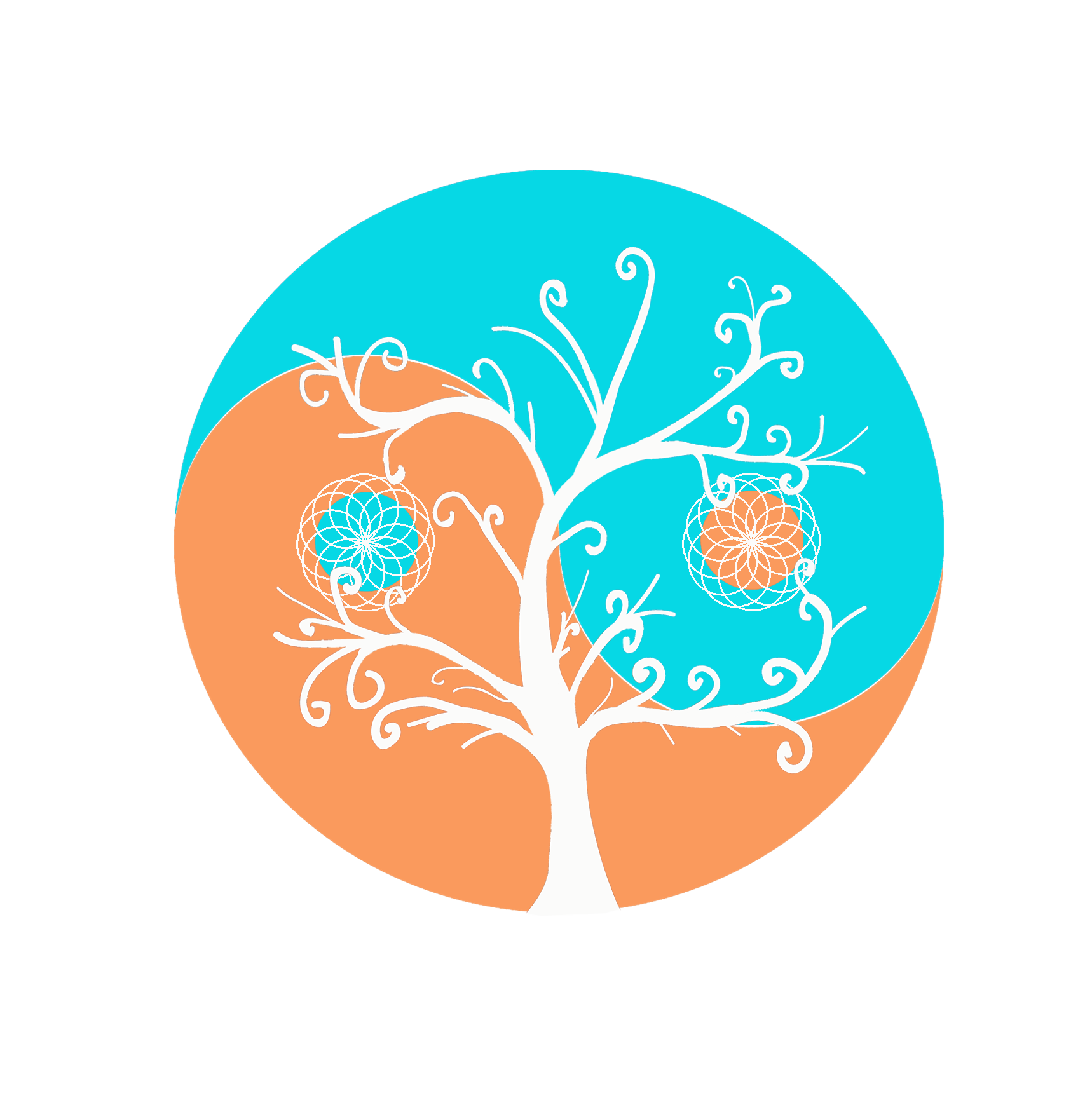Understanding Shoulder Problems: Causes and Prevention
Shoulder problems are a common issue affecting millions of people worldwide, often hindering their ability to engage in everyday activities and more demanding physical exercises. To understand why shoulder issues are so prevalent, it’s important to examine the unique structure and function of the shoulder joint.
The Complexity of the Shoulder Joint
Similar to the hips, the shoulder joints possess 360 degrees of motion, allowing for a wide range of movements. This remarkable mobility, however, comes at the cost of increased vulnerability to injury. Unlike the hip joint, which is inherently more stable due to its deep socket, the shoulder joint relies heavily on a complex system of muscles and tendons to maintain stability.
The Importance of Stability in Shoulder Health
Mobility without stability can lead to problems. The stability of the shoulder joint is primarily provided by the shoulder blades (scapulae). These free-floating bones move across the ribcage and are held in position by an intricate group of muscles known as the rotator cuff. The rotator cuff consists of four muscles:
-
- Supraspinatus
- Infraspinatus
- Teres Minor
- Subscapularis
When these muscles work in synergy, they ensure the shoulder remains stable, balanced, flexible, and strong. However, when there is an imbalance among these muscles, some may become overloaded, leading to irritation and tightness. Over time, these imbalances can cause irritation and injury within the shoulder joint itself.
The Role of the Rotator Cuff
The rotator cuff muscles are crucial in maintaining shoulder stability. They work together to keep the shoulder blade in the correct position and allow for smooth and coordinated movement of the arm. When any of these muscles are weak or overworked, it disrupts this balance, leading to common shoulder problems such as:
-
- Rotator Cuff Tendinitis: Inflammation of the rotator cuff tendons, often due to overuse or repetitive motion.
- Shoulder Impingement Syndrome: Occurs when the rotator cuff tendons are pinched during shoulder movements, leading to pain and inflammation.
- Rotator Cuff Tears: Partial or complete tears of the rotator cuff tendons, usually resulting from acute injury or chronic degeneration.
The Impact of Breathing Patterns on Shoulder Health
Another contributing factor to shoulder problems is irregular breathing patterns. The muscles around our neck and shoulders can be significantly affected by how we breathe. Shallow or improper breathing can lead to tension in these muscles, exacerbating shoulder issues. Proper diaphragmatic breathing helps maintain a relaxed state in the upper body, reducing the likelihood of tension-related shoulder problems.
Preventing Shoulder Problems
To prevent shoulder issues and promote overall shoulder health, it is essential to focus on both stability and mobility. Here are some practical steps to maintain healthy shoulders:
-
- Strengthening the Rotator Cuff: Incorporate exercises that target the rotator cuff muscles, ensuring they are strong and balanced.
- Improving Posture: Maintain good posture throughout the day to reduce strain on the shoulder muscles and joints.
- Proper Breathing Techniques: Practice diaphragmatic breathing to keep the neck and shoulder muscles relaxed.
- Regular Stretching: Include stretching exercises in your routine to maintain flexibility in the shoulder joint and surrounding muscles.
- Gradual Progression in Exercise: Avoid sudden increases in the intensity or volume of shoulder-related exercises to prevent overloading the muscles.
Conclusion
Shoulder problems are common due to the joint’s high mobility and the complexity of the stabilizing structures. Understanding the importance of balance between mobility and stability, the role of the rotator cuff, and the impact of breathing patterns can help prevent shoulder issues. By adopting a comprehensive approach to shoulder care, incorporating strength, flexibility, and proper breathing techniques, you can maintain healthy shoulders and enjoy a more active and pain-free life.
Namaste – the Power in me sees the Power in you 🙏
Stefan

